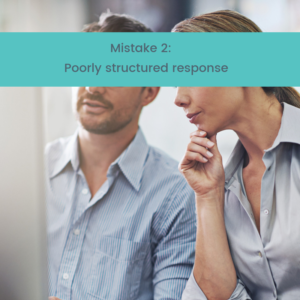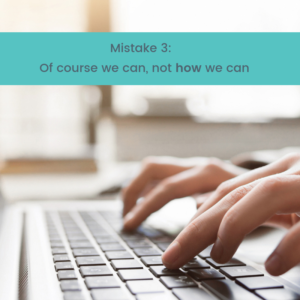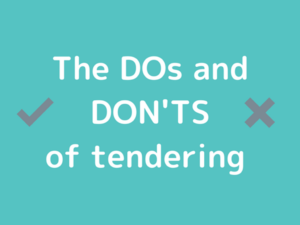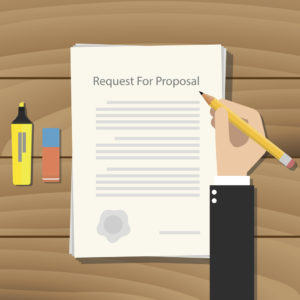By Kate Burrows, Managing Director, Tender Training College
When you are knee-deep in a tender, your focus is on the prize and the task of submitting the bid on time.
It is very common to over promise in the heat of the tender moment – that is, offer the client the world to increase your chances of success.
It pays to stop and ask yourself the following questions before you press the submit button:
- Why are you offering the client that initiative or innovation?
- What benefit will it give the client?
- How will you deliver on your tender promises?
Asking these questions will help keep your company accountable to your tender commitments, and also give your proposal greater credibility.
I have helped numerous clients in the delivery of new contracts that were won through a competitive tendering process.
This included being part of the delivery team for the $3.6 billion Waratah Train Project in NSW after also working on the tender.
I learnt the importance of being highly accountable to the client for what we committed to in the tender and what was in the signed contract.
The following are key learnings I took from this experience and others that can be applied to tendering process to ensure you can deliver on your bid promises.

1. Show how you will deliver
Provide an action plan for how and when you will deliver against key initiatives or innovations you have proposed in your tender.
This not only provides the client with tangible evidence for when they can expect these tender commitments to be realised, it helps you plan for how they will be delivered.
For example, an action plan for communication and marketing activities can be included in the relevant management plan to keep you accountable to your promises.

2. Demonstrate the relevance
Often, we are so enthused about offering the client our new app, or, latest whiz-bang service that we forget to tell them about:
- How it will meet their requirements
- How it benefits them.
Remember, a tender proposal has to meet the tender requirements set out in the bid document. Failure to do so may mean the response is non-compliant.
So, draw the link between how your innovation or initiative meets a particular tender requirement or requirements, and also what benefit it will deliver for the client.
In doing so, it will help you to weed out any tender promises or offerings that aren’t relevant to the client and their requirements.

3. High value, not high volume
Remember, the client is paying for your tender commitments, and they want assurance what you are offering is going to be of value to them.
Most tenders, particularly government bids, are assessed on the basis of value for money.
Working out what is of most value, or importance, to your client at the beginning of the tender process will help you to determine what you offer in your tender proposal.
If the client’s goal is for accelerated project delivery, then make sure your tender commitments are geared towards helping them achieve this goal.
And, don’t forget to spell this out for the client when writing your tender response. Tell them how your offering will deliver them the best value for money.
Kate Burrows is the Founder of the Tender Training College. Kate was inspired to start the Tender Training College to help businesses and professionals secure their futures by providing quality tender training courses.



 There is definitely no “i” in a tender team. And to use another coined phrase: “the whole is greater than the sum of its parts”.
There is definitely no “i” in a tender team. And to use another coined phrase: “the whole is greater than the sum of its parts”. A team without a tender management process is like a rudderless ship.
A team without a tender management process is like a rudderless ship. Every bidder should meet the minimum requirements of the tender, or, what is the point of them bidding?
Every bidder should meet the minimum requirements of the tender, or, what is the point of them bidding?
 Step 1: Set a deadline and establish a study schedule
Step 1: Set a deadline and establish a study schedule Step 2: Ensure your environment is right
Step 2: Ensure your environment is right Step 3: Know you are not alone
Step 3: Know you are not alone 



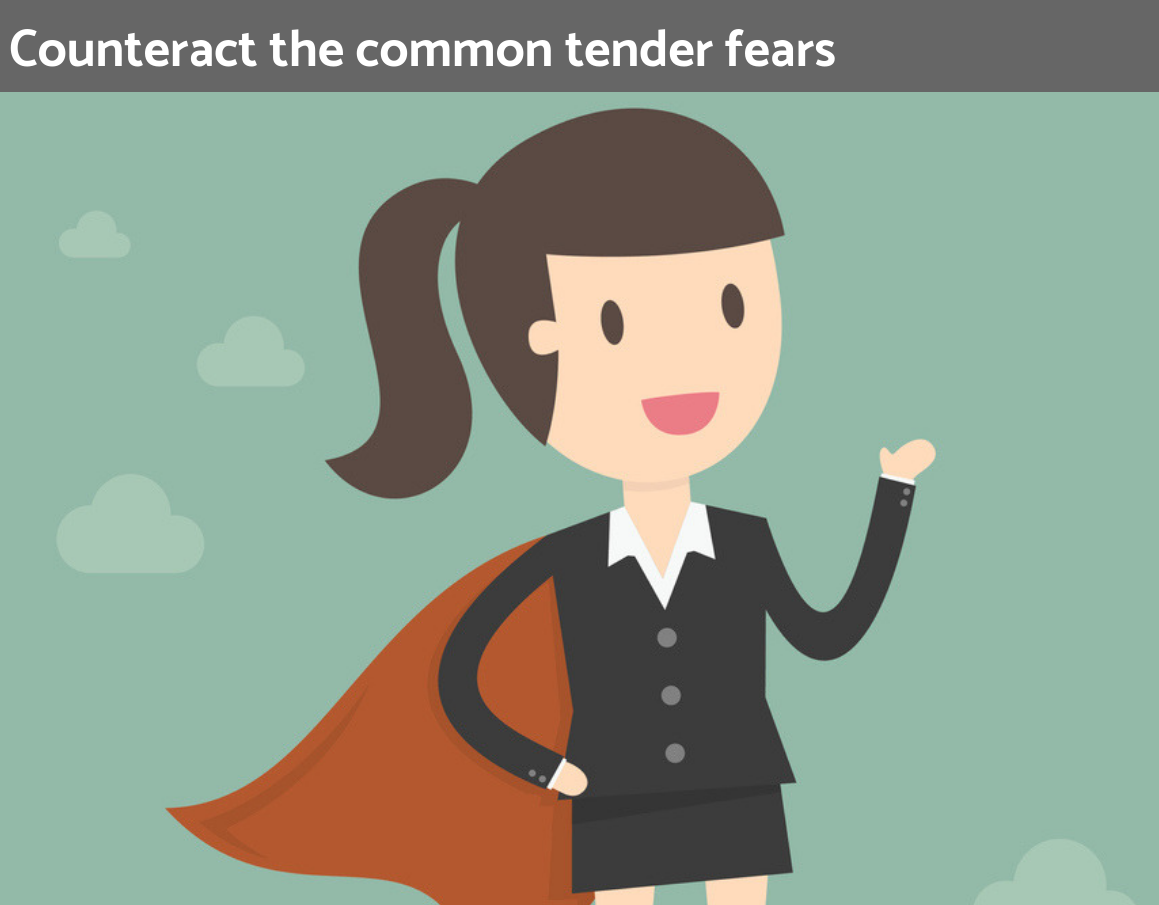




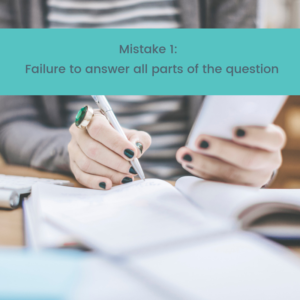 Don’t give away marks by only partly answering the question. Let’s take an example tender question to demonstrate how to answer it in its entirety:
Don’t give away marks by only partly answering the question. Let’s take an example tender question to demonstrate how to answer it in its entirety: